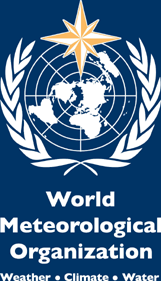RSOE HAVARIA BreakNews: Test kits help clarify mysterious fevers
Test kits help clarify mysterious fevers
28.08.2006 20:55
When it comes to diagnosis, the term "fever of unknown origin" (FUO) provides both a challenge and headache for a doctor trying to pinpoint just exactly what is wrong with a patient and how to treat it. In practice, the doctor usually narrows down the possible causes of the fever, administers a broad range of drugs and then follows the patient's progress. This broad approach is taken as it would be too expensive and impractical to test a patient for every conceivable cause before administering treatment. The only problem is, sometimes an FUO can turn out to be something more serious than it appears and a wrong diagnosis could lead to a fatal result.
But thanks to a new medical test kit developed by a scientist at the Chiang Mai Medical Sciences Centre, doctors can cut the number of patients treated for FUO by about one-third. Using Nested Polymerase Chain Reaction or Nested PCR, the new test kit was developed to help doctors to screen for scrub typhus, which is responsible for about 33 per cent of cases of FUO. The kit's inventor, Salukjit Chutipongwiwet, said that normally it took 10 to 14 days using a disease-culture technique in the laboratory to tell whether a patient had this infectious disease. With the new kit, the test can be conducted immediately and it takes just hours to get the result, she said. Salukjit last week won the best innovation award, conferred annually by the Department of Medical Sciences (DMS), for her invention.
Patients with scrub typhus usually seek treatment about three days after contracting the disease, and that is the perfect time for the new test to detect the strain, Salukjit said. The kit is 100-per-cent accurate, she said, adding that it was developed last year and is now being distributed for use in state laboratories and hospitals and is also being marketed domestically for private medical laboratories and facilities. Salukjit said the test kit should be the only one of its kind in the world as scrub typhus is common only in Asia and the Pacific. Western medical equipment makers, therefore, were not interested in this tropical disease. Figures from the Bureau of Epidemiology show that fever of unknown origin is the third most frequently reported illness after acute diarrhoea and malaria. Scrub typhus is transmitted to humans through the bites of mites that live on field mice and rats. The main symptoms of the disease are fever, a wound at the site of the bite, a spotted ! rash on the torso and swollen lymph glands.




































<< Home